Hi, everyone! Welcome back to Needles in the Stacks. This edition focuses on fine construction techniques. As we write these reviews, Denise and I have noticed that the publication date of a book has a huge effect on how that book presents information. Graphic design has changed dramatically since the 1920s, when the oldest book we’ve reviewed was first published. Book design is such a large theme that we will write about it in the future. But not this week. In the meantime, we hope these reviews help you find the books you need. Or the right gifts to give to your sewing friend.
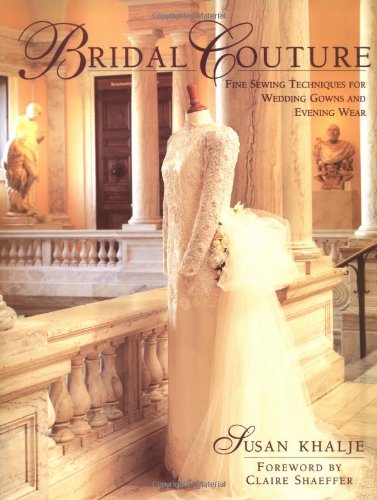 Bridal Couture: Fine Sewing Techniques for Wedding Gowns and Evening Wear, by Susan Khalje
Bridal Couture: Fine Sewing Techniques for Wedding Gowns and Evening Wear, by Susan Khalje
TT560 .K49 1997
This is a great example of a book that is utterly a product of its era. The examples shown here are all classic 1980s Special Occasion silhouettes, and they look like every bad bridesmaid joke you ever heard. (Or told.) Beware, dated 80s dresses! That said, this book documents many techniques specific to that era, and the era that these techniques hearken back to, the 1950s. In particular, it details out how to create boned bodices and how to work with lace, two important couture techniques.
The book is attractively laid out with lots of photographs and nice underlay frame on most pages. It’s laid out like an exhibition catalog, with full color images (like the top one on this post) in the front, and instructions on techniques after these.
In the working section, the author describes dressy fabrications such as satin, damasks, and lace. The book includes a short history of lace and detail on lace types. Instructions include how to layout lace on bodices, sleeves, and skirts. Besides fitting muslins and boned bodices, it includes basic patternmaking for different sleeve options and skirt shapes.
The best thing about this book is its focus on the special-occasion garment. This allows the authors to provide couture details, like bra-strap catchers, basque waistline tips, and various bodice-boning strategies, which often don’t make it into more general sewing books.
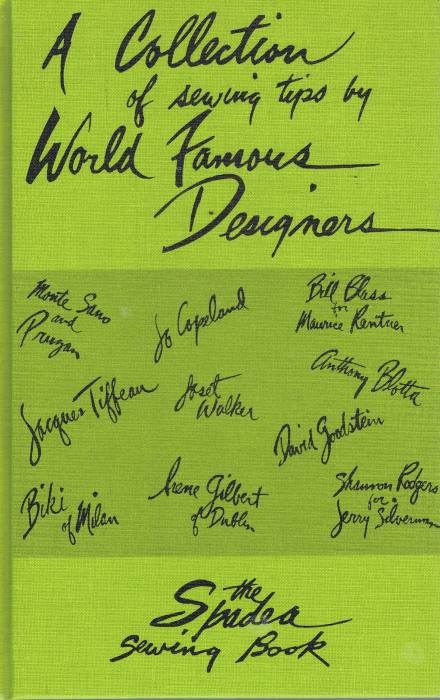 A Collection of Sewing Tips by World Famous Designers, the “Spadea Sewing Book”,
A Collection of Sewing Tips by World Famous Designers, the “Spadea Sewing Book”,
by Spadea Publishing Co. Inc.
TT705 .C735 1967
This book is styled a lot like the old “Hints by Heloise” compilations which were a staple of the 1960s and ’70s how-to shelf. Spadea was a pattern company begun in the late 1940s by a husband and wife team, James and Jean. The company, which specialized in designer garments, worked with many contemporary designers, who were known to Jean through her work as a fashion illustrator. Around 1951 the couple began a syndicated newspaper column which published regular sewing tips by the designers they worked with.
This book collects these how-to vignettes and tips of the trade written by American designers, some well known, and others long forgotten. The writing is aggressively cheery, such as, “A dimpled smile is quite charming but a dimpled dart dreadful!” but the information itself is useful, if wordy. Although the book has no photographs, the how-to line drawings are crisp and the differing layers are clear.
This is a gem of American sewing and fashion history. The tips presented here are from American designers in the heyday of American manufacturing (many of which are no longer known well). As such, they provide a window into the techniques of better clothing manufacturers during this rich historical period. The book’s quirkiness is exactly what makes it fascinating to read.
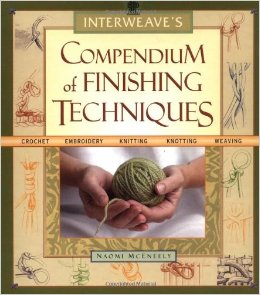 Compendium of Finishing Techniques, by Naomi McEneely
Compendium of Finishing Techniques, by Naomi McEneely
TT705 .M34 2003
Denise and I really like this book. It has many of my favorite features for a workbook, like a spiral binding so it lies flat, slightly smaller format, and a good combination of clear (even artsy) illustrations and photographs to show the techniques.
What’s interesting is that this book arranges garment finishes by their function on a garment, not by the type or medium of technique. It hadn’t occurred to me to put a crocheted edge on a sewn garment, but it’s a cool idea, and very much the sort of thing that makes a garment special and interesting, a la the Alabama Studio, whose books we reviewed back in 2014.
It’s a good introduction to unusual hems and seam finishes like knitted and knotted fringes, piping, and knitted “bias” bands. These are lots of fun ways to use techniques which don’t usually show up in sewing books. Denise and I love them. There are fringed and knotted finishes, which we haven’t seen much the early 1980s; small-loom techniques and finger weaving, more traditional seam finishes like the Hong Kong, French seaming, and faggoting (here called “baseball stitch”?) This book is great, both for the creativity of its approach, and the beautiful and easy-to-follow layout.
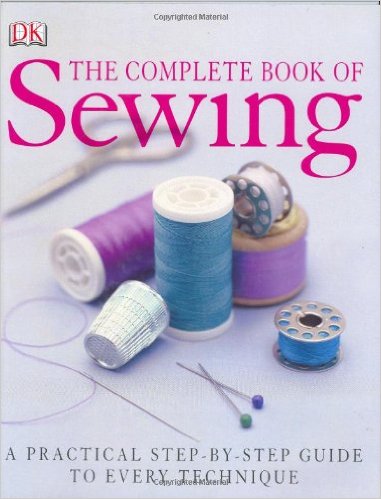 The Complete Book of Sewing, A Practical Step-by-Step Guide to Every Technique,
The Complete Book of Sewing, A Practical Step-by-Step Guide to Every Technique,
by DK Doling Kindersley publisher
TT706 .C738 2003
This is a great example of this new style of manuals which use a lot of photographs to explain tasks. It is laid out as handsomely as a coffee table book, but includes very good beginning sewing how-to, with tools of a wide variety.
The book begins with a good presentation of fabric types, fiber characteristics and garment care. It usual information on seams and seam finishes, then proceeds to sewing/shaping methods for many skill levels.Techniques are divided up by part of body the garment area has to fit, i.e. waistlines, collars, sleeves and cuffs, hems, edges, fastenings.
The thoroughness of the contents suggest that the book is intended to support beginning skills through more advanced ones. For example, besides the usual explanation of pins and cloth, such specialized tools as pleating machines and darning mushrooms are also included. This thoroughness extends to the section about machine parts, including instructions for a lot of the esoteric presser feet. This information is not found elsewhere as easily as the basics, and makes a strong case for this book being one of the few you give your valuable shelf space to.
The presentation includes clear instructions for working with commercial patterns, alongside a wealth of more advanced practices, such as padstitching to shape a tailored collar.
What makes this book so great is its attractive how-to presentation, which uses a combination of drawings and step-by-step photographs. The photos are especially clear and descriptive, and the illustrations are breezy, attractive, and clear as well. There’s a lot of information in this book, even if the layout makes it a bit crammed together. Interestingly, despite its publication date, this book does not look dated.
This book is as good or better than our Reader’s Digest New Complete Guide to Sewing favorite. We recommend it highly.
 The Great Put On: Sew Something Smashing!, by Lois Ericson & Linda Wakefield
The Great Put On: Sew Something Smashing!, by Lois Ericson & Linda Wakefield
TT535 .E75 1992
This is another book whose examples now look very dated. The clothing pictured is very oversized, based on abstract lines and mixed textures, showing the influence of Kenzo and Missyake in the 1980s and early 1990s.
The book appears to be self-published by author Lois Ericson. Most of the photographs are black and white, which hampers the clarity of the details considerably. In combination with that, the drawings used to explain patterning and construction are very amateurish looking and unclear. However, it is important to note how expensive it used to be to publish color images, and the fact that computer-generated or streamlined images were not yet publishing tools.
A quick search of StyleCat shows that Lois Ericson wrote lots of how-to manuals from the 1970s-1990s. This book focuses on the patterning and execution of funky surface treatments for jackets and coats, like uneven tucking techniques, and asymmetry. It provides a simple introduction to pattern adjustments, but generally assumes a medium understanding of patternmaking and embellishment skills. In addition, the instructions and weak illustrations make the how-to somewhat difficult to follow. The book includes some inspiring images of the garments, just not enough of them.
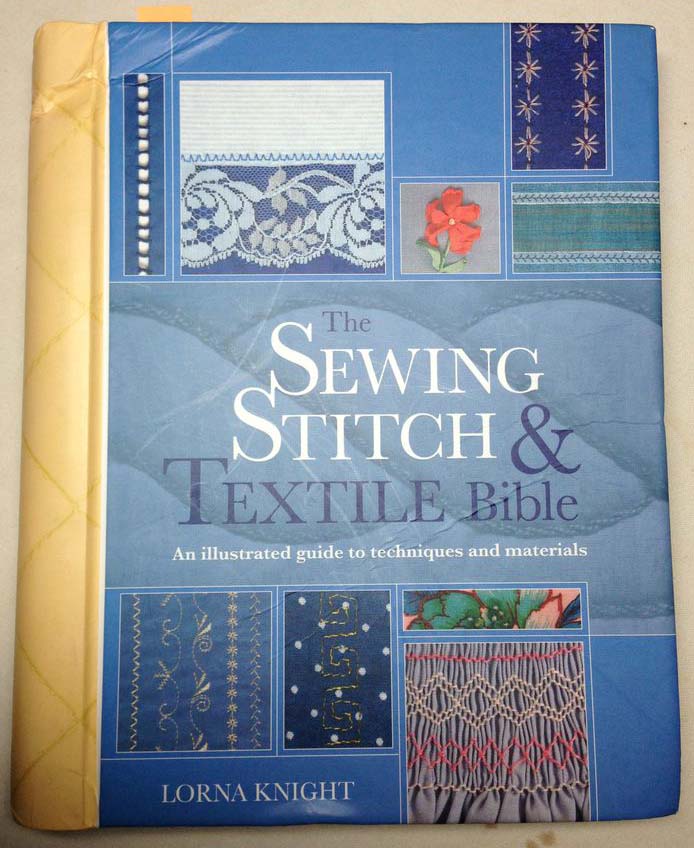 The Sewing Stitch & Textile Bible, by Lorna Knight
The Sewing Stitch & Textile Bible, by Lorna Knight
TT705 .k55 2007
Ok, like I said about the “Compendium” above, I admit that I am a sucker for a pretty, small-format how-to book, of which this is one. I love the spiral bindings for laying flat on my work table. I love lots of photographs and well-done illustrations, and “finished” looking page backgrounds.This book is a great example of those.
This book combines features that are usually split between the overview/intro books and the detailed hand-finishing books. It has a brief but solid intro to machines, needles, threads, and sergers. It has a directory of hand, machine and serging stitches. It has the basic directory of fabrics. The illustrations are color and clear. This tidy, easy-to-carry little book contains a lot of important basic construction techniques. It’s maybe not as complete as, say, the Claire Shaeffer guide to sewing for the industry, or the “DK Complete Book of” (see above), but is a lot friendlier and faster to use.
Nice use of color photos to illustrate ideas and tools. Good detailed glossary of tools such as pins and needles, machine and serger basics, feet and attachments. They even go as deep as explaining different types of thread, and that’s why I bought it: it’s in depth on the basics.
The finishing techniques in this one include both hand and machine, and Denise likes that, because it provides options for those that don’t have access to all kinds of machines. Despite being less wordy, it includes an excellent range of the basic need-to-knows. I bought this book I liked it so much.
 Sewing Techniques: An Introduction to Construction Skills within the Design Process from “Basics: Fashion Design” series by Bloomsbury,
Sewing Techniques: An Introduction to Construction Skills within the Design Process from “Basics: Fashion Design” series by Bloomsbury,
by Jennifer Prendergast
TT713 .P386 2014
This reads like it’s a textbook for couturiers, but contains only minimal construction or how-to information. Instead, it offers interviews with young (London-based) designers and photographs of their innovative couture work.
In contrast to the books we’ve reviewed above, this appears to be offer instruction setting up of a professional design workroom. The construction included is almost an afterthought, addressing only the barest introduction, like setting in zippers, and basic dart positions.
The book is stronger as an inspirational volume of young of couturiers and their introductions to the business. It’s the photos, mostly runway shots, which are most thought provoking and creatively challenging.
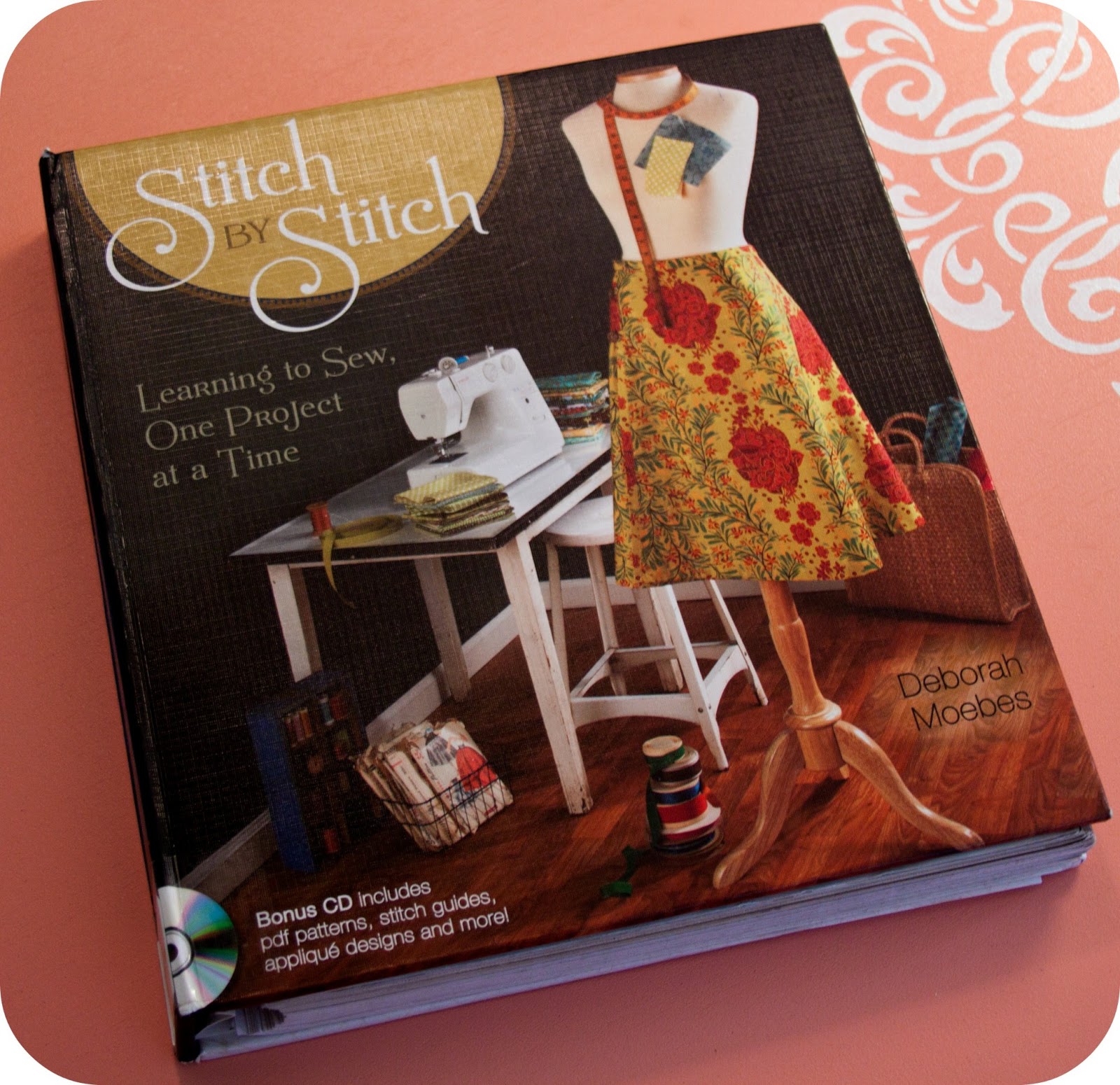 Stitch by Stitch: Learning to Sew, One Project at a Time, by Deborah Moebes
Stitch by Stitch: Learning to Sew, One Project at a Time, by Deborah Moebes
TT705 .M593 2010
This is another book whose attractive design makes its information much easier to get. “Sewing,” writes the author,”when you get right down to it, is just taking the ugly, cut edges of fabric and making them pretty.” Her organization of the lessons is the same: friendly, but no-nonsense. She provides the basics, sometimes unwritten, rules in a friendly and colorful way.
What this author has done best, we think, is to provide a series of simple projects to teach important concepts of machine sewing. In addition, she presents these in clear steps, often explaining things that other books don’t, and in attractive, colorful pages.
By approaching sewing by concepts, not traditional tools, she gets at some really good how-to that could easily be lost in more traditional approaches. Between the text and the projects, this book provides a great starting place for someone new to the sewing machine universe.
The book’s layout, with flowery typefaces and small boxes for special info, may look dated in 20 years or more. But it’s such a solid introduction to the art that I will probably hand it to the next person who wants sewing lessons from me.
Happy sewing!
Love,
Beth & Denise
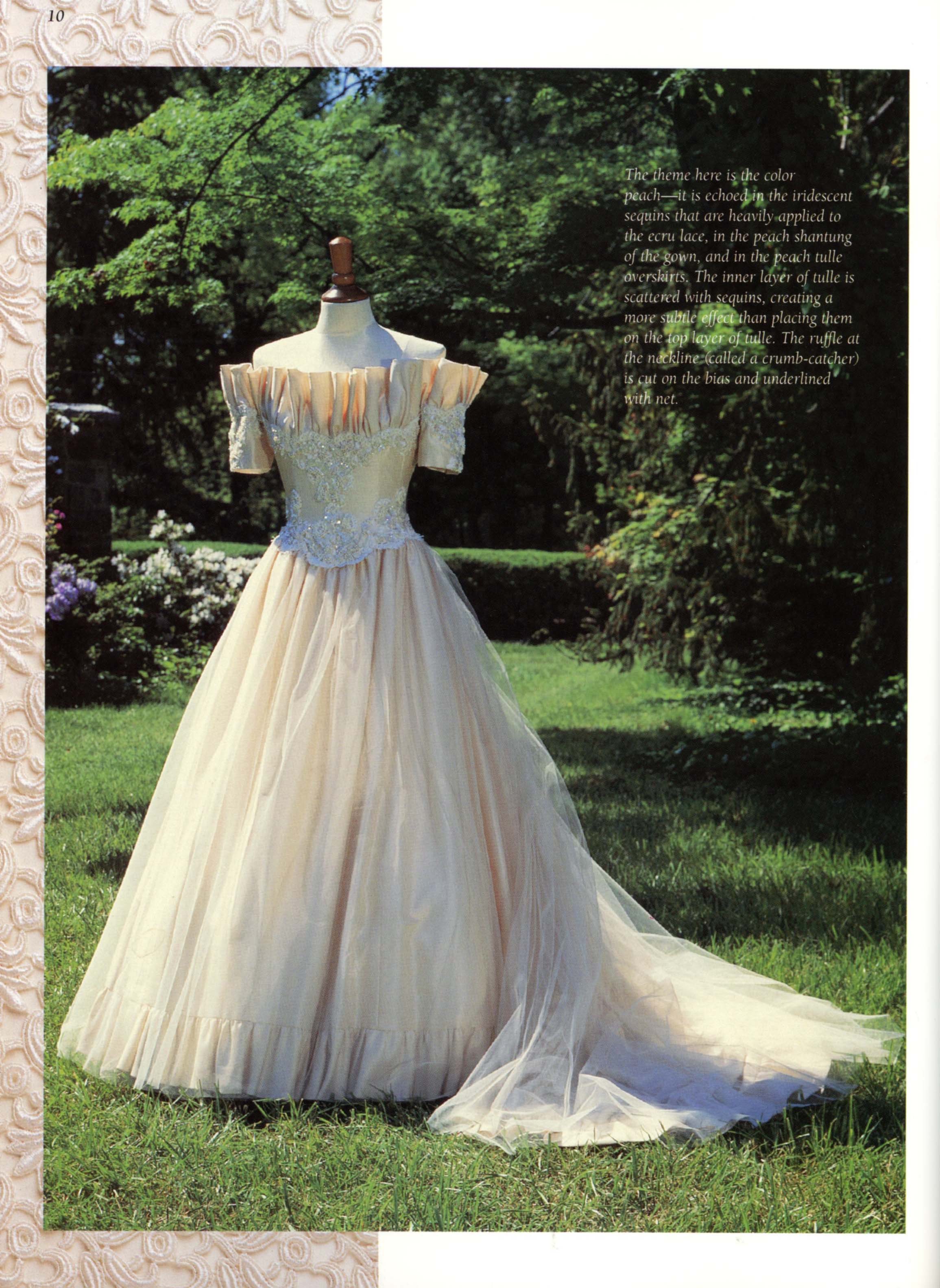
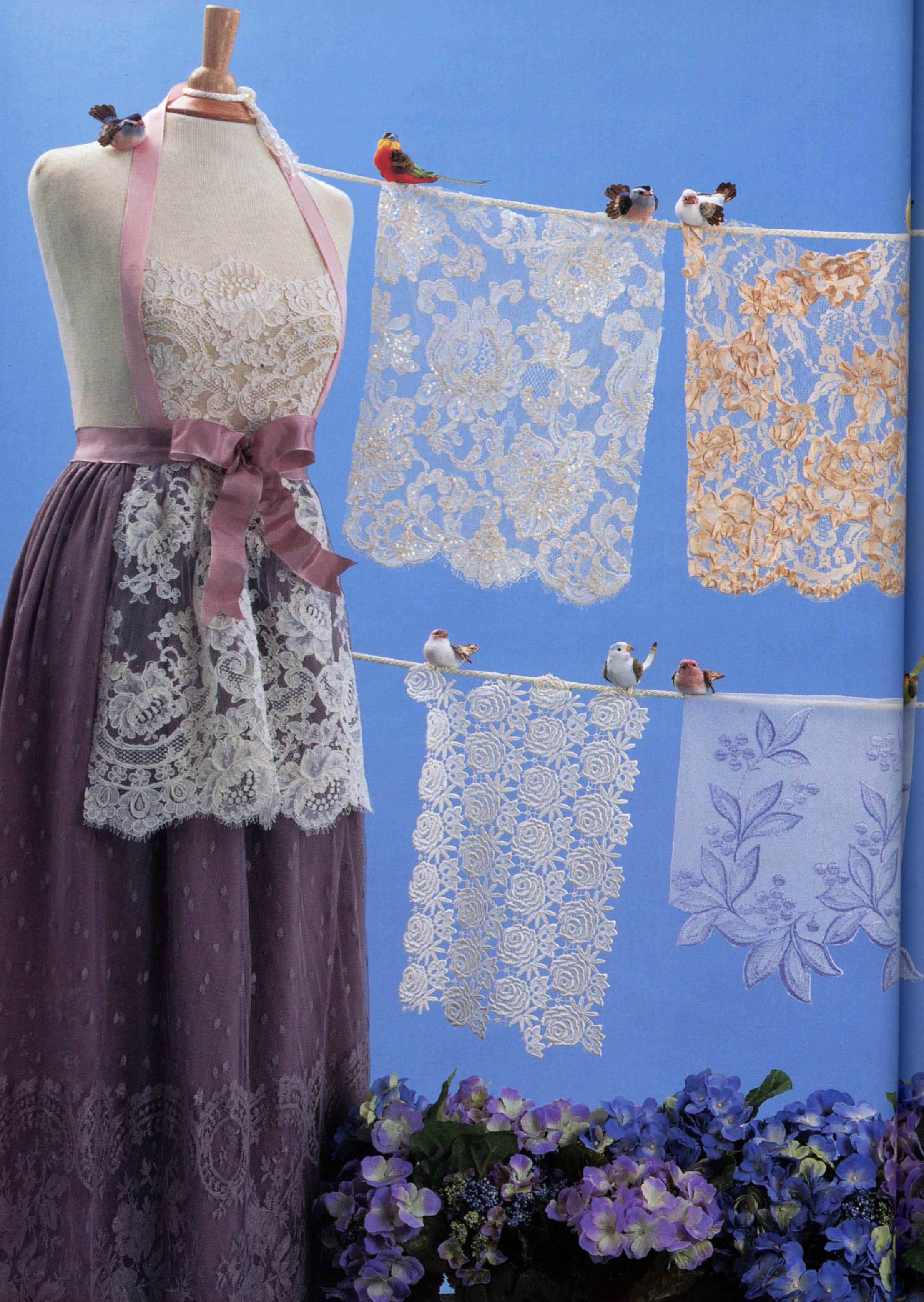
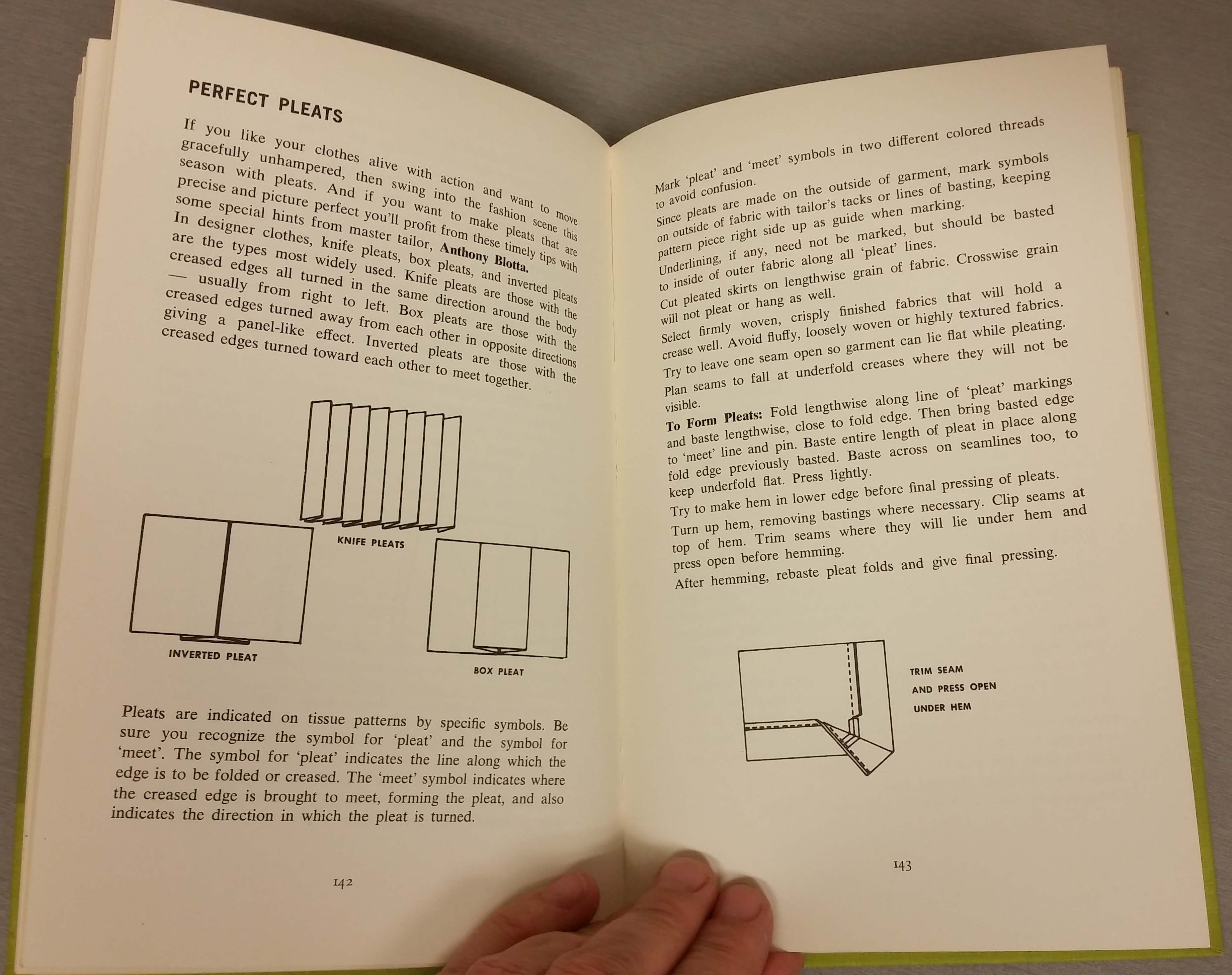

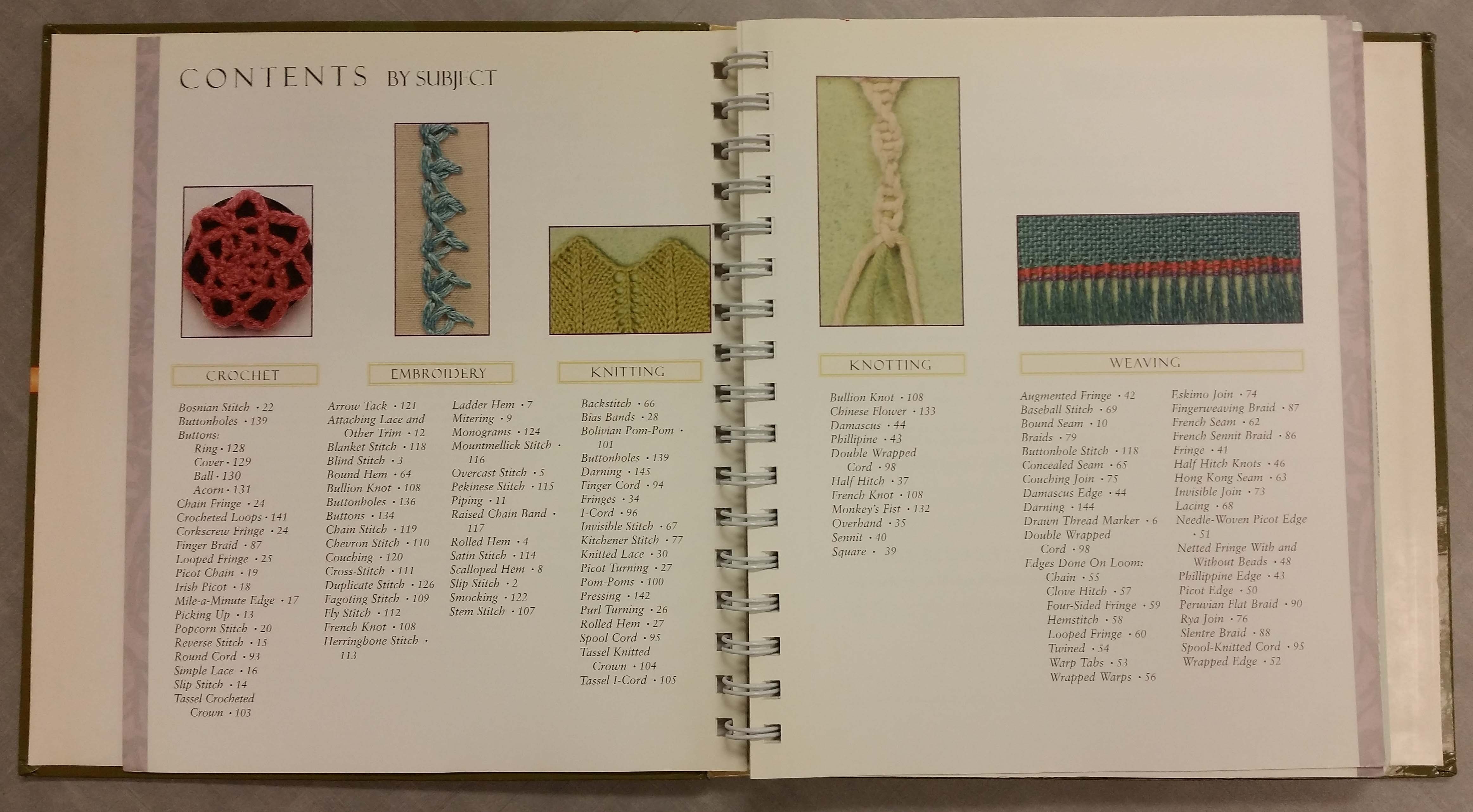

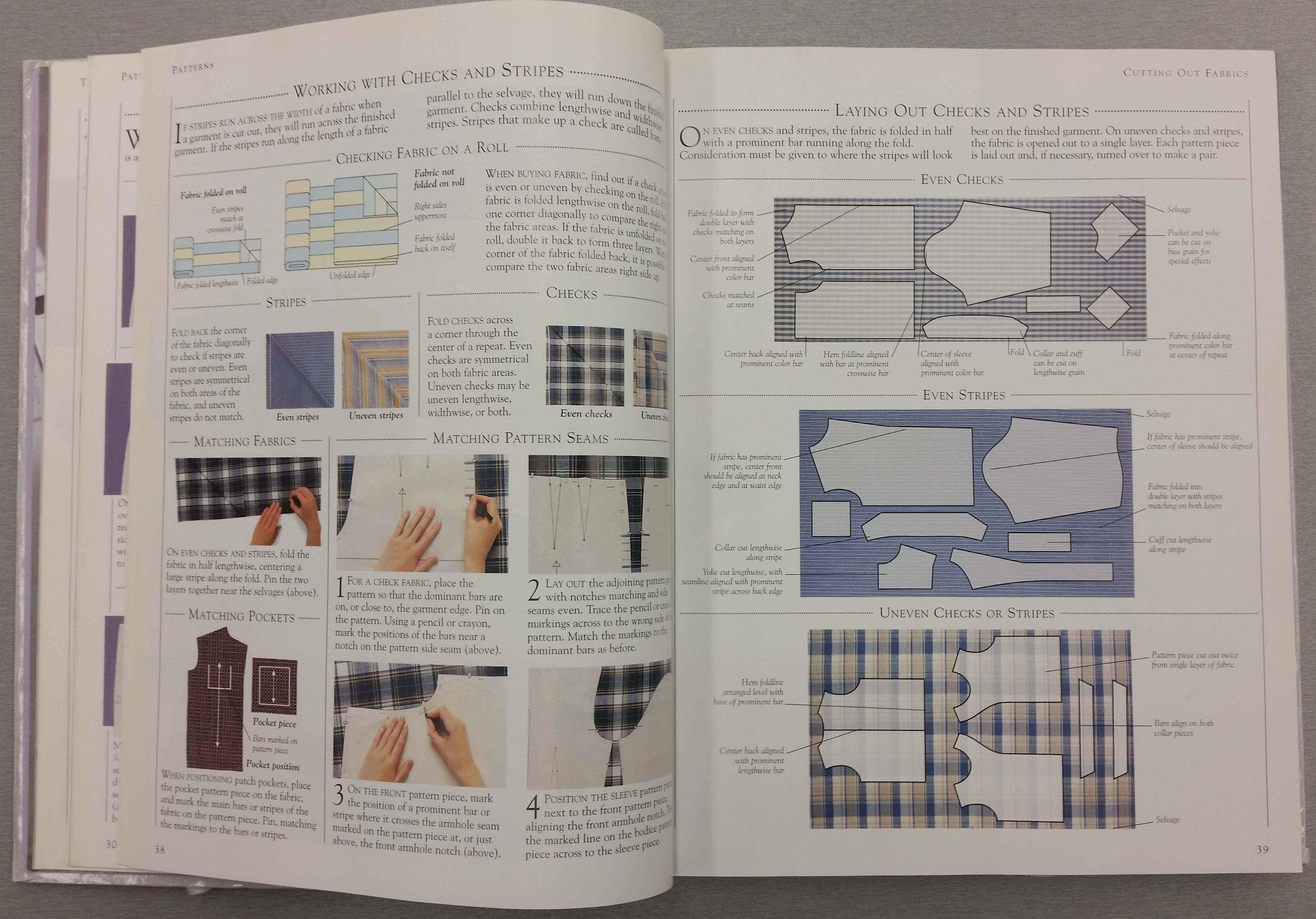
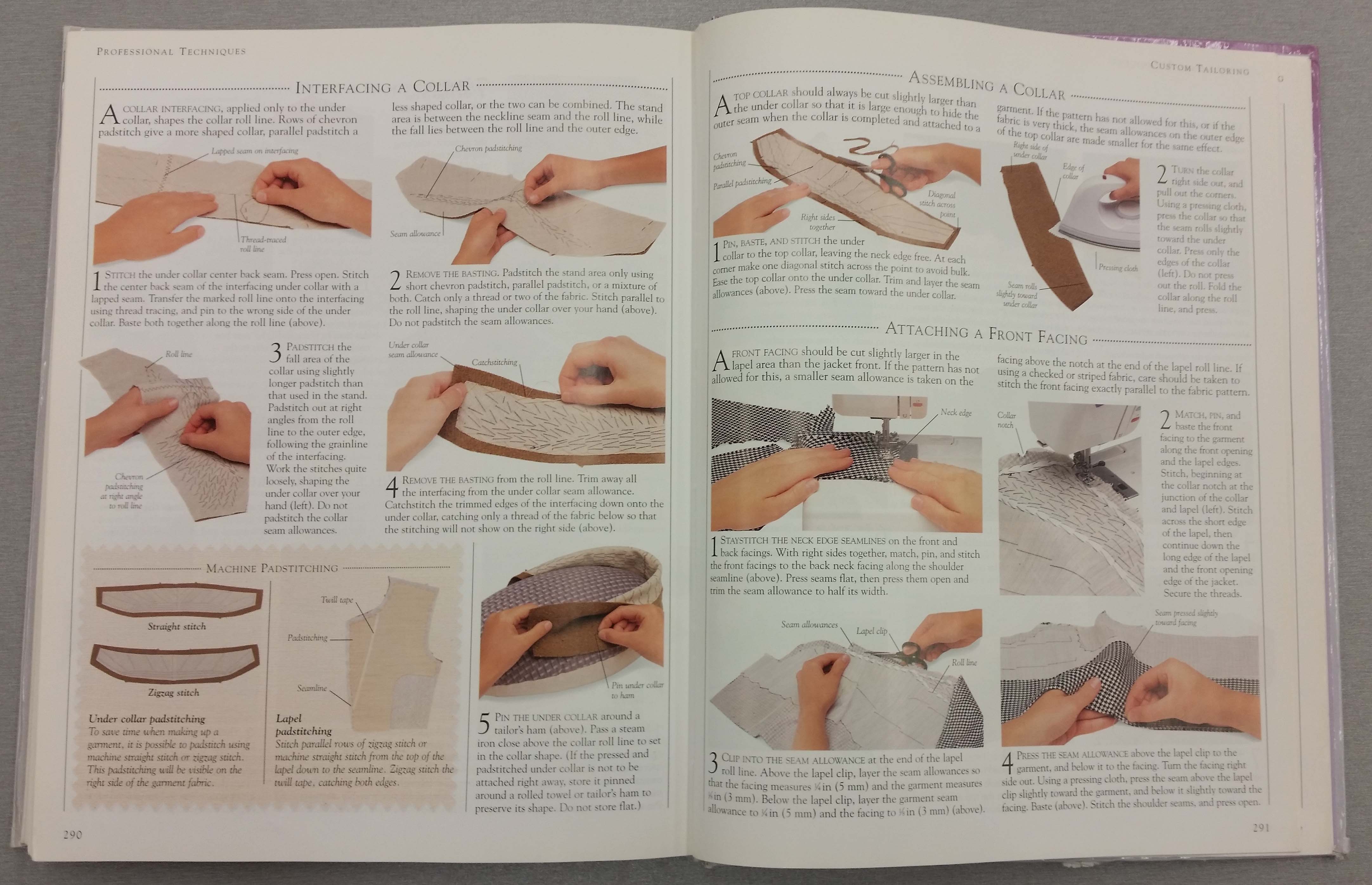
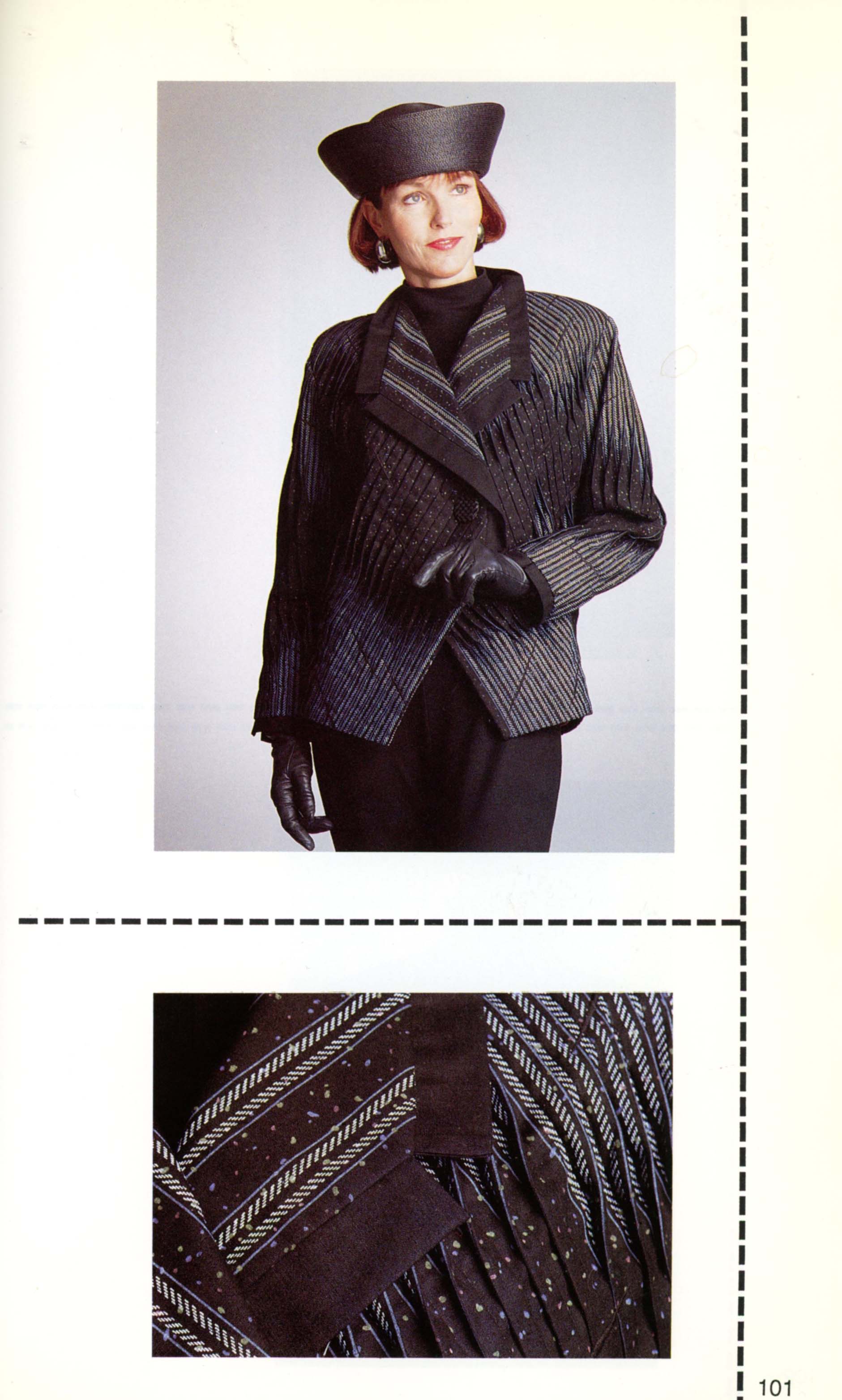
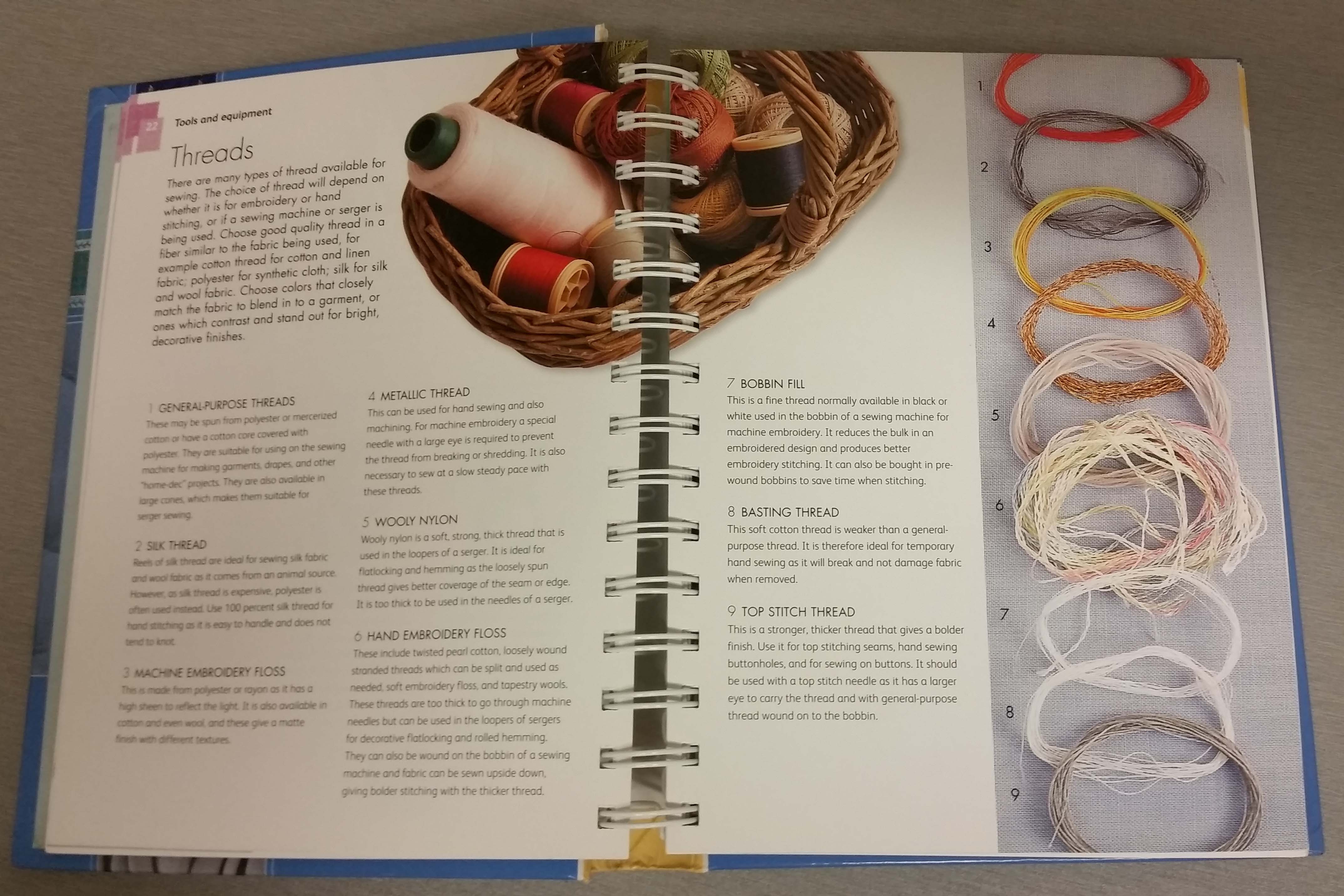
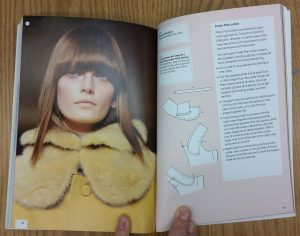
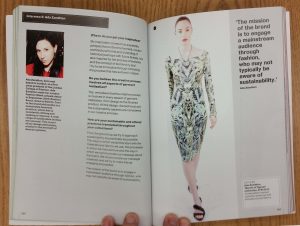
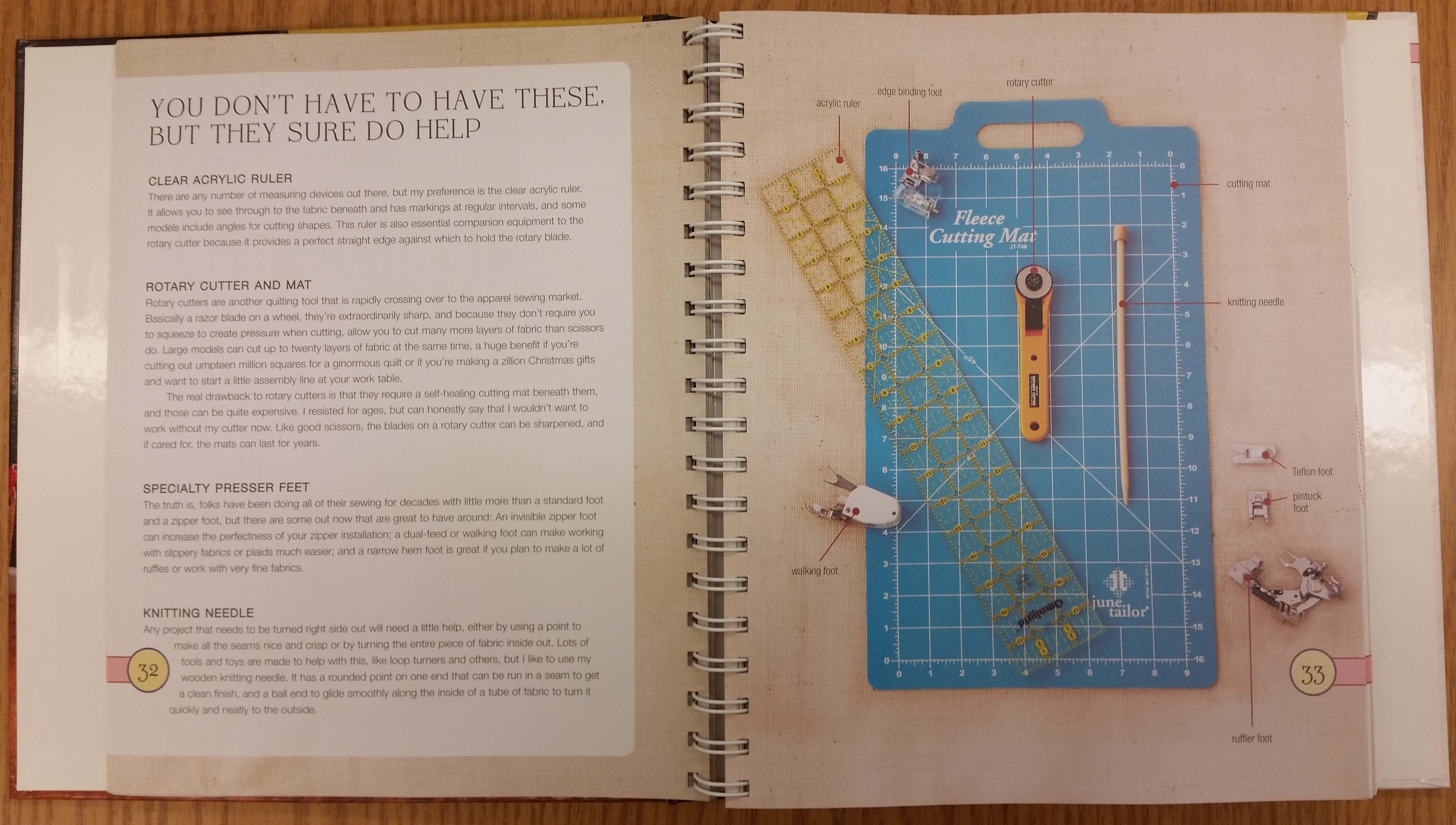

Comments
One response to “Needles in the Stacks: Refining Techniques Edition”
[…] After that, Denise and I will return with some more book reviews for Needles in the Stacks. […]